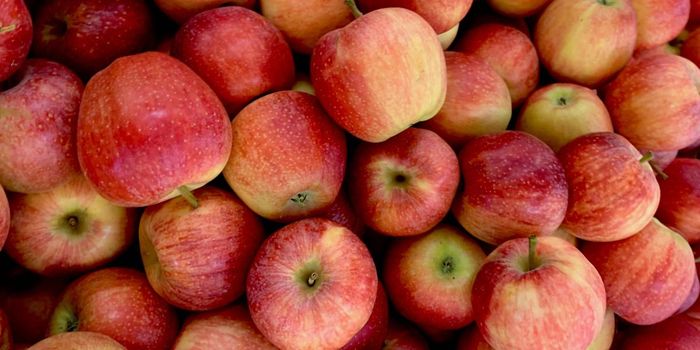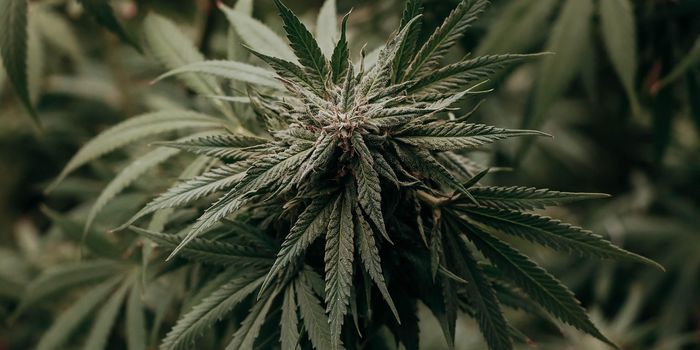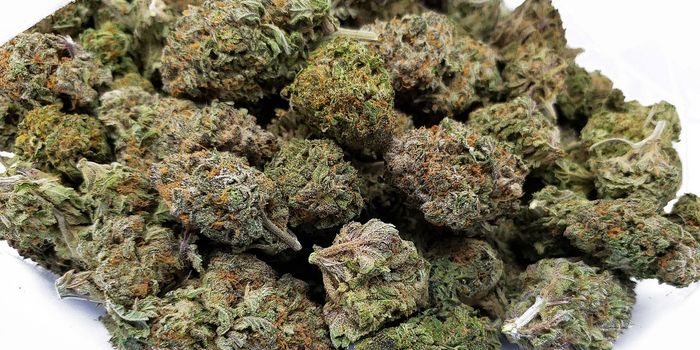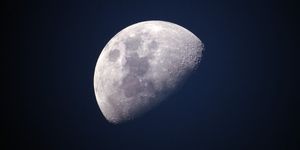Sea Turtle Hatchlings Have Something Else to Worry About...
The International Union for Conservation of Nature (IUCN) recognizes many of the world's sea turtles as being endangered or vulnerable in some way, and it’s no secret that new sea turtle hatchlings exhibit low survival rates. The animal’s hatch site plays a significant role in that department, and perhaps more-so than initially realized.
Image Credit: Pixabay
As if these little critters didn’t have enough to worry about already, a new study published just this week in the journal Biological Conservation indicates that sea turtle hatchlings’ survival rates plummet when their nesting sites are situated near or around jetties – human-made structures that protrude off the land and into the ocean, such as docks and walkways.
Predatory fish seem to enjoy hanging out around jetties, not only because they can seek shelter under and around them, but because their prey will do the same. Perhaps unsurprisingly, a hungry predatory fish won’t think twice about snacking on an unsuspecting sea turtle hatchling, and that’s where the problem exists.
"Jetties attract large numbers of predatory fish, such as mangrove jack. They provide an artificial shelter for the fish, and when located near turtle nesting beaches can greatly increase the threat to hatchlings," explained Phillipa Wilson, the paper’s lead author. "Nearly three-quarters of the hatchlings entering the sea for the first time were taken by fish while still close to shore; this means that baby turtles were seven times more likely to be preyed upon than at a beach nearby with no jetty."
Related: Climate change poses a severe problem for sea turtles
These statistics were easily discernable because the team had recently attached tracking tags to 61 local flatback turtle hatchlings. From this, they could discern hatchling predation rates in real time, which is something that hasn’t been done before.
Very few sea turtle hatchlings ever get the opportunity to reach maturity, and this has severe implications for the number of breeding pairs that exist in the wild today. The precarious circumstances highlight the importance of preventing sea turtle hatchlings from being needlessly eaten when they need to be growing up and reproducing for existing conservation techniques to succeed.
Related: All known sea turtle species have ingested microplastics
Knowing what we do now, conservation techniques can be more effectively deployed by choosing better nesting sites, preferably at beaches that are farther away from jetties. If successful, hatchlings might have a better shot surviving and growing up, which would bode well for sea turtles in general.
Source: University of Western Australia, Biological Conservation









